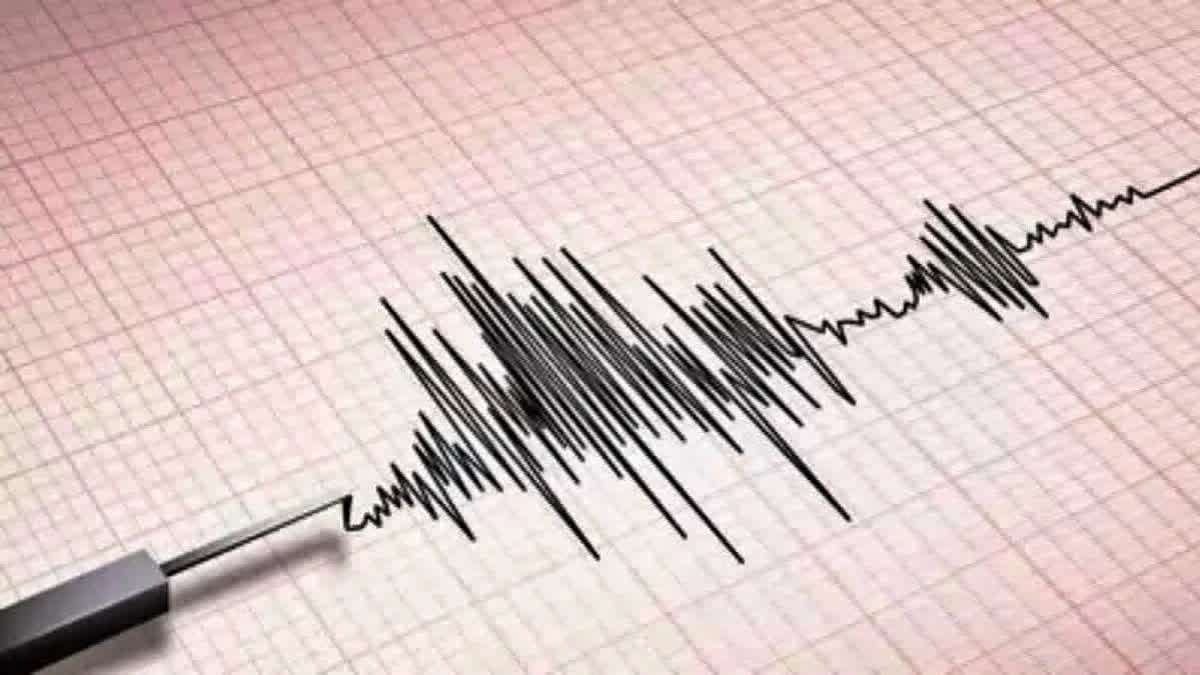Lucknow: Nepal recently experienced a devastating earthquake that claimed 128 lives and left widespread destruction in its wake. Experts believe that this earthquake was a shallow-focus earthquake, a phenomenon known for its potential danger. The region has witnessed three consecutive seismic events in the past month, underscoring the ongoing adjustments within the tectonic plates beneath the Earth's surface and signalling the likelihood of more seismic events in the near future.
Professor Ajay Arya, a renowned geologist from the Geology Department at Lucknow University, shed light on the geological factors responsible for this catastrophic event. The earthquake occurred within the Himalayan Plate, sandwiched between the Himalayan Frontal Thrust (HFT) and the Main Boundary Thrust (MBT). Located a mere 10 kilometres beneath the Earth's surface, the epicentre of the earthquake amplified its intensity and the vast area affected, extending as far as Patna.
The area spanning from Nepal into India is known as the Himalayan Frontal Thrust, primarily composed of sandstone and located in the Ganga plains. On the Nepal side lies the Main Boundary Thrust, characterised by solid rocks. Had the earthquake persisted for a few more seconds, it could have resulted in widespread destruction on both sides of the border.
Professor Ajay Arya stressed that this earthquake, much like the one that occurred on October 3, had an exceptionally shallow depth, classifying it as a shallow-focus earthquake. In scientific terms, the earthquake took place above the Main Central Thrust and on extremely hard rocks. This geological composition contributed to the rapid transmission of shockwaves to the Earth's surface, magnifying the impact.
Shallow-focus earthquakes, as described by Professor Arya, originate close to the Earth's surface, making them inherently dangerous. This recent earthquake was the third in a series of seismic events in the region, emphasizing the ongoing tectonic adjustments beneath the Earth's surface.
Earthquakes are the result of the intricate dynamics of the Earth's tectonic plates, seven of which are in constant motion. The convergence of these plates creates fault lines, and the repeated collisions cause the plates' corners to bend, accumulating immense pressure. When this pressure surpasses a critical threshold, the plates fracture, releasing the stored energy in the form of an earthquake.
Nepal's seismic vulnerability is well-documented, given its location at the convergence of the Indian and Eurasian tectonic plates. The Himalayan region, where the two massive plates collide, is a hotbed of seismic activity. Over the years, Nepal has experienced numerous earthquakes, some of which have been devastating, resulting in significant loss of life and property damage.
The recent earthquake in Nepal has brought to the forefront the urgent need for preparedness and mitigation strategies in regions prone to seismic activity. The devastating loss of life and widespread destruction serve as a stark reminder of the Earth's constant geological evolution and the ever-present threat of natural disasters. As scientists and researchers continue to study these seismic events, their findings may contribute to better understanding and predicting such occurrences, ultimately aiding in the protection of vulnerable communities.
Also read: Prime Minister Narendra Modi expresses solidarity with Nepal after deadly earthquake
Also read: The earthquake in Nepal sends tremors across northern India
Also read: Nepal: 128 dead as 6.4 magnitude earthquake hits Jajarkot, causes midnight havoc



